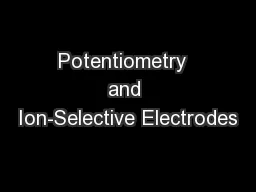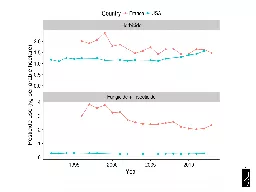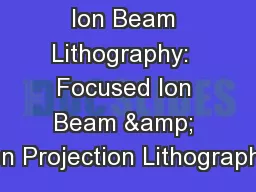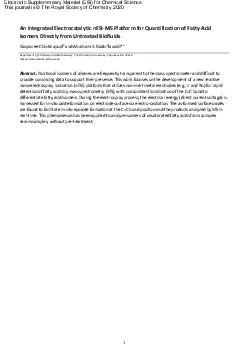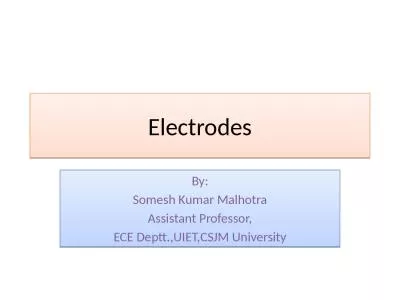PPT-Potentiometry and Ion-Selective Electrodes
Author : kittie-lecroy | Published Date : 2018-09-22
1 Lecture 2 If metals are the only useful materials for constructing indicator electrodes then there would be few useful applications of potentiometry In 1901
Presentation Embed Code
Download Presentation
Download Presentation The PPT/PDF document "Potentiometry and Ion-Selective Electro..." is the property of its rightful owner. Permission is granted to download and print the materials on this website for personal, non-commercial use only, and to display it on your personal computer provided you do not modify the materials and that you retain all copyright notices contained in the materials. By downloading content from our website, you accept the terms of this agreement.
Potentiometry and Ion-Selective Electrodes: Transcript
Download Rules Of Document
"Potentiometry and Ion-Selective Electrodes"The content belongs to its owner. You may download and print it for personal use, without modification, and keep all copyright notices. By downloading, you agree to these terms.
Related Documents

